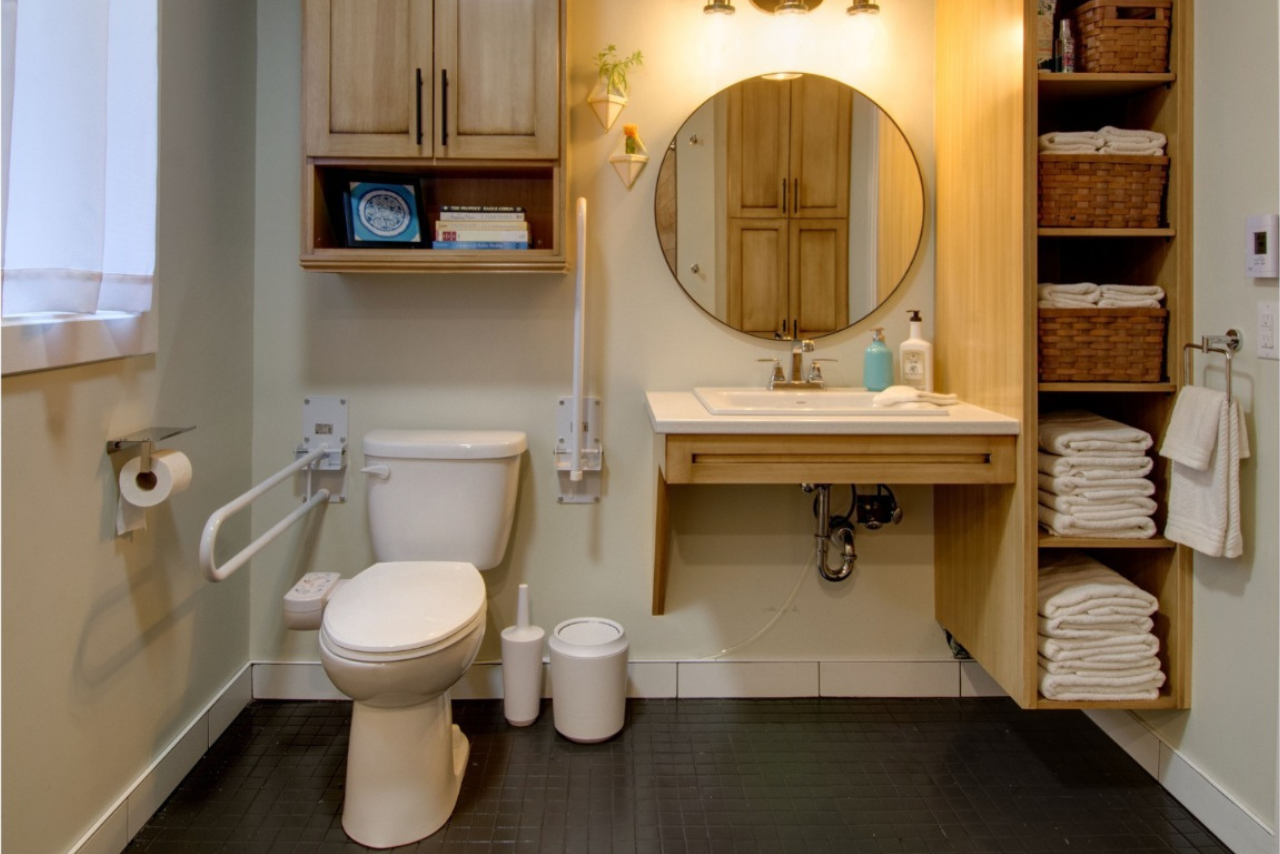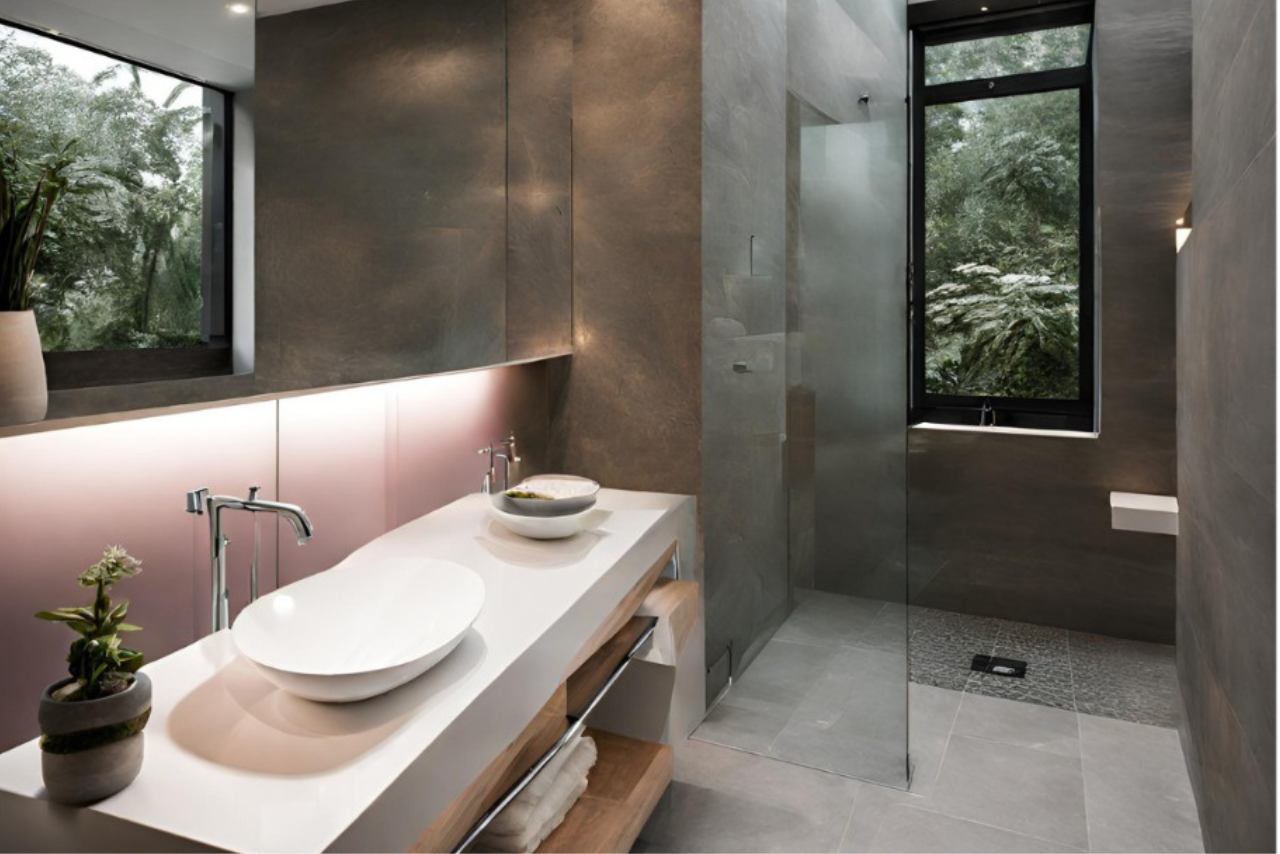In the journey of accessibility, even the smallest changes can make a significant impact. Raised toilet seats have evolved over time to address the needs of individuals with mobility challenges, offering a solution that enhances independence and comfort. In this blog, we’ll explore the historical development and modern importance of toilet seat heights, emphasizing their role in creating accessible living spaces.
Historical Perspective:
In older Canadian homes, toilet seats were typically lower, posing challenges for individuals with mobility issues. As awareness of accessibility grew, the need for raised toilet seats became apparent, leading to the development of elevated alternatives. According to CSA B651-18 Accessible Design for the Built Environment, the recommended height for a toilet seat from the floor is between 430 mm (17 inches) and 485 mm (19 inches). This range ensures optimal accessibility for individuals with varying degrees of mobility, reflecting the evolution of inclusive design principles over time.
Choosing the Right Solution:
When considering raised toilet seats, it’s essential to choose a solution that integrates seamlessly with existing bathroom fixtures. Raised toilet seats are typically installed by securely screwing them onto the original toilet, ensuring stability and safety for users. While adding a surface on top of the toilet may seem like a quick fix, it can lead to cleanliness issues and difficulty cleaning between the original toilet and the added surface. Therefore, raised toilet seats are useful for a temporary solution. Opting for a professionally installed raised toilet seat ensures not only optimal accessibility but also maintains hygiene and ease of cleaning in the bathroom.
Enhancing Accessibility with Grab Bars:
In addition to higher toilet seats, grab bars are essential fixtures that enhance accessibility and safety in the bathroom, especially for individuals with mobility challenges. Strategically placed grab bars near the toilet provide support and stability, facilitating ease of movement and transfer for users. These grab bars offer crucial assistance when sitting down on or rising from the toilet, reducing the risk of slips, falls, and injuries. Incorporating grab bars into the bathroom design is a simple yet effective way to promote independence and confidence for users with varying mobility needs. By integrating grab bars alongside raised toilet seats, individuals can create a bathroom environment that prioritizes safety and comfort.
Conclusion:
High toilet seats have come a long way in improving accessibility and comfort for individuals with mobility challenges. From historical developments to modern innovations, these fixtures play a crucial role in creating inclusive living spaces that empower users to maintain independence and dignity. Reflecting on my own experience, I’ve found that even small adjustments in height can significantly improve daily life for users of accessible toilets. By choosing the right solution and working with experienced professionals, individuals can ensure that their bathroom environments are both accessible and hygienic, promoting well-being and quality of life for all.
Contact Youbility Construction Inc. for a Free Consultation:
For expert advice on implementing rising toilet seat solutions tailored to your needs, contact Youbility Construction Inc. Our team specializes in creating accessible and safe environments for both residential and commercial spaces. Reach out to us at info@youbility.ca or call 437-669-9981 to schedule your free consultation today.




